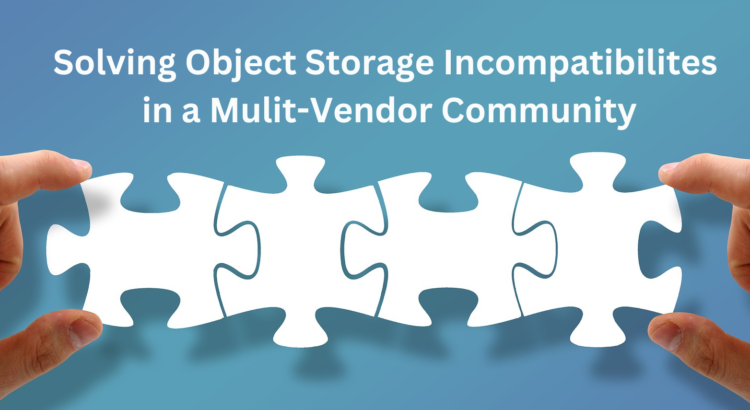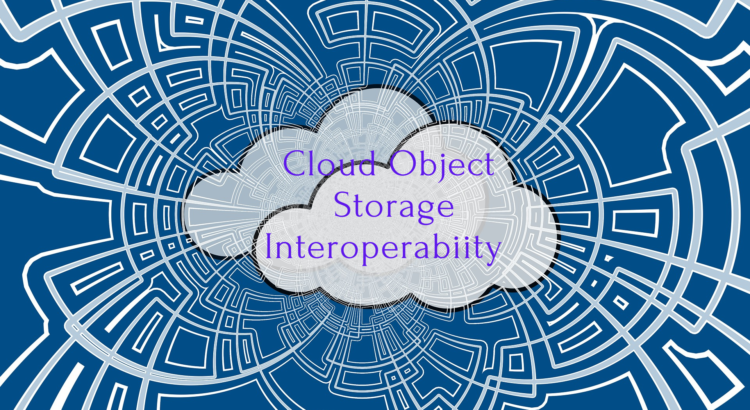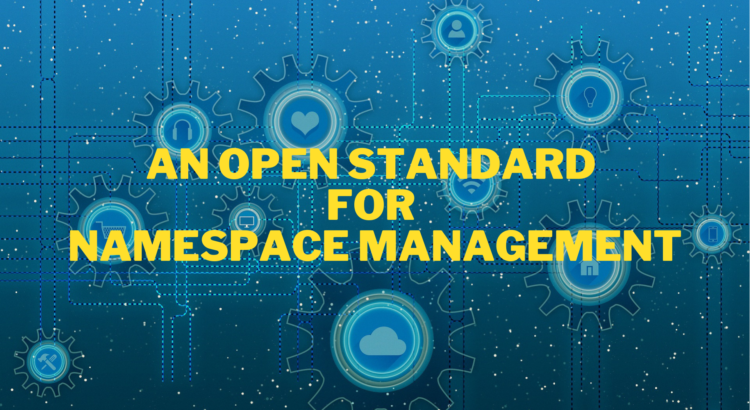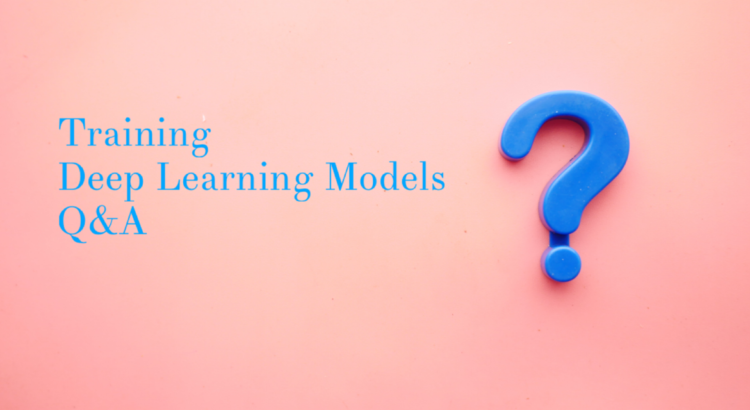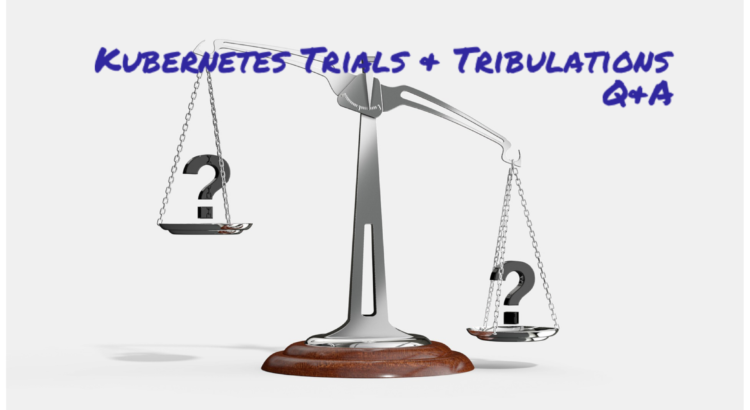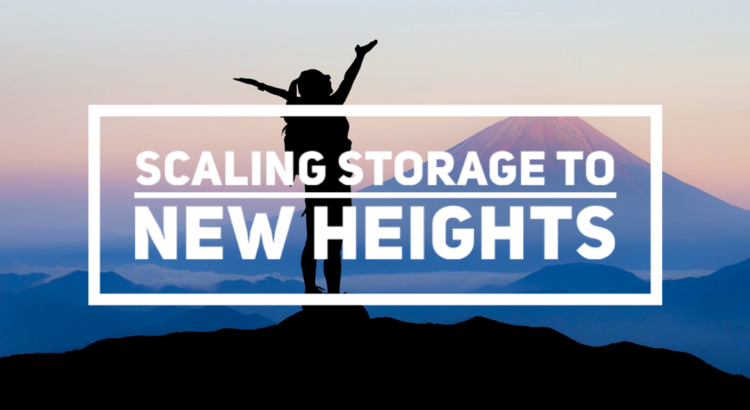The SNIA Cloud Storage Technologies Initiative (CSTI) conducted a poll early in 2024 during a live webinar “Navigating Complexities of Object Storage Compatibility,” citing 72% of organizations have encountered incompatibility issues between various object storage implementations. These results resulted in a call to action for SNIA to create an open expert community dedicated to resolving these issues and building best practices for the industry.
Since then, SNIA CSTI has partnered with the SNIA Cloud Storage Technical Work Group (TWG) and successfully organized, hosted, and completed the first SNIA Cloud Object Storage Plugfest (multi-vendor interoperability testing), co-located at SNIA Developer Conference (SDC), September 2024, in Santa Clara, CA. Participating Plugfest companies included engineers from Dell, Google, Hammerspace, IBM, Microsoft, NetApp, VAST Data, and Versity Software. Three days of Plugfest testing discovered and resolved issues, and included a Birds of a Feather (BoF) session to gain consensus on next steps for the industry. Plugfest contributors are now planning two 2025 Plugfest events in Denver in April and Santa Clara in September.
It’s a collaborative effort that we’ll discuss in detail on November 21, 2024 at our next live SNIA CSTI webinar, “Building a Community to Tackle Cloud Object Storage Incompatibilities.” At this webinar, we will share insights into industry best practices, explain the benefits your implementation may gain with improved compatibility, and provide an overview of how a wide range of vendors is uniting to address real customer issues, discussing: Read More
